Description
Vegetable Cabbage Red Drumhead
Vegetable Cabbage Red Drumhead . An heirloom variety dating back to 1860 which delivers densely packed leaves with a dark red solid heart from Autumn through to Xmas, Red Drumhead is renowned for cooking and pickling, holding its flavour and deep purple-red colour.
Cultivation advice
- Start seeds indoors 6-8 weeks before the last expected frost date or sow seeds directly in well-prepared soil when it’s workable. Choose a location with full sun exposure.
- Ensure well-draining, fertile soil with plenty of organic matter. Aim for a slightly acidic to neutral soil pH level (6.0-7.5) for optimal growth.
- Sow seeds about ¼ to ½ inch deep in seed-starting trays or directly in the garden, maintaining spacing of about 18-24 inches between plants.
- Keep the soil consistently moist by watering regularly, especially during dry spells. Avoid waterlogging, which can lead to root rot.
- Apply mulch around the plants to retain soil moisture and suppress weed growth. Ensure the mulch is slightly away from the base of the plant.
- Before planting, enrich the soil with compost or a balanced fertilizer. Consider side-dressing with a nitrogen-rich fertilizer as the plants grow.
- Protect plants from pests like cabbage loopers or aphids by using physical barriers or applying organic pest control methods.
- Regularly check for signs of pests or diseases. Implement cultural practices like crop rotation and maintain good garden hygiene to prevent issues.
- Harvest Red Drumhead cabbage when heads feel firm and reach an appropriate size, usually around 6-8 inches in diameter. Cut the heads from the base.
- Use freshly harvested cabbage immediately for the best flavor. Store remaining heads in a cool, humid environment like the refrigerator for a few days.
- Consider planting companion herbs like thyme or dill to deter pests and promote healthy growth.
- To extend the harvest, consider planting new seeds every few weeks. Fall planting may yield a late-season crop.
- Red Drumhead cabbage is versatile and can be used in various recipes, such as salads, coleslaw, stir-fries, or even pickled for added flavor.
- Continuously monitor plant growth and adapt care practices based on the plant’s health and development.
- Red Drumhead cabbage thrives in cooler temperatures. Protect young plants from extreme heat by providing shade during hotter periods or planting in early spring or late summer for milder conditions.
- Adequate spacing between plants allows for good airflow, reducing the risk of diseases. Thin seedlings if they become overcrowded to ensure proper growth.
- Maintain consistent moisture to keep the soil evenly moist, especially during warmer weather. Avoid waterlogging, as it can cause root rot.
- Regularly amend the soil with compost to enhance soil fertility. Consider applying a balanced fertilizer during the growing season to support healthy growth.
- Regularly inspect plants for signs of pests or diseases. Use natural remedies like neem oil for pest control and practice proper garden hygiene.
- Harvest Red Drumhead cabbage when the heads feel firm and dense. Avoid delaying harvest, as this may lead to bolting or splitting of the heads.
- For extended storage, keep harvested cabbage heads in a cool, humid environment. Consume them within a few days for optimal taste and freshness.
- Consider using protective covers or cloches in cooler climates to shield plants from frost, extending the growing season into colder months.
- Red Drumhead cabbage’s vibrant color and robust flavor make it a fantastic addition to salads, slaws, stir-fries, or as a flavorful cooked vegetable.
- Continuously monitor plant health, and adapt care practices based on observations to ensure healthy growth and a bountiful harvest.

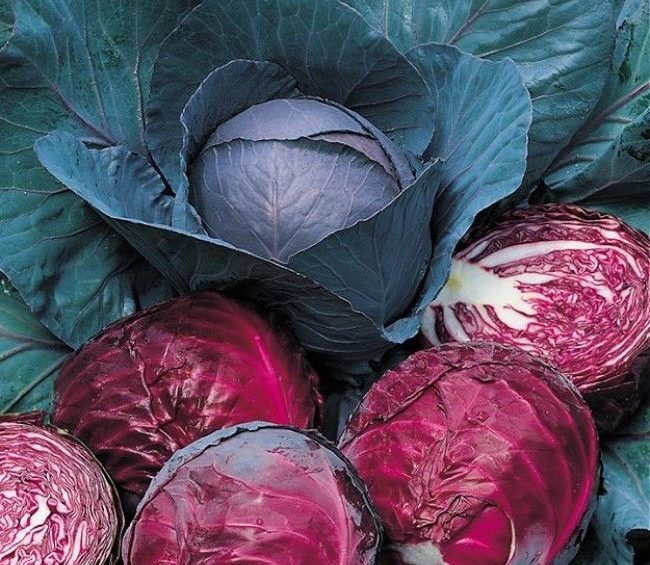
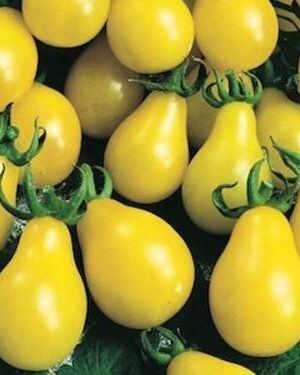
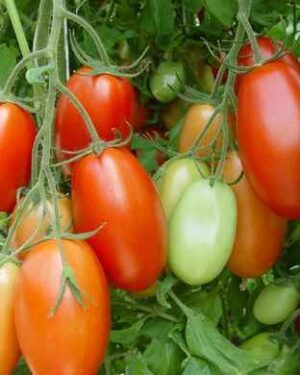
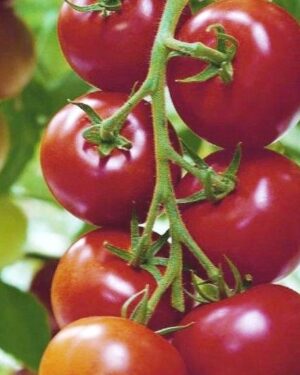
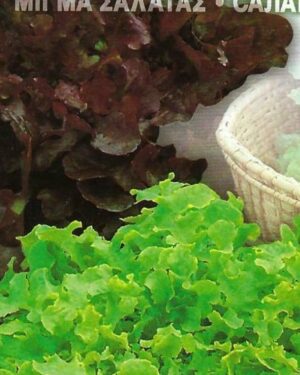
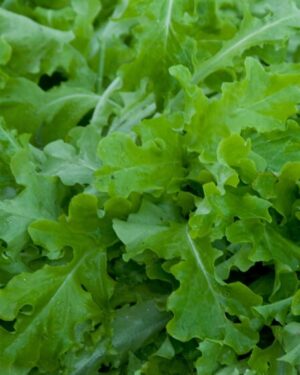
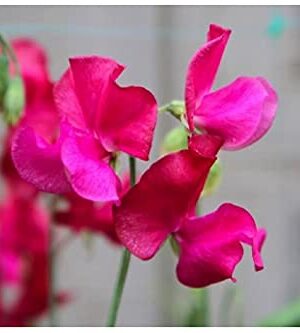

Reviews
There are no reviews yet.